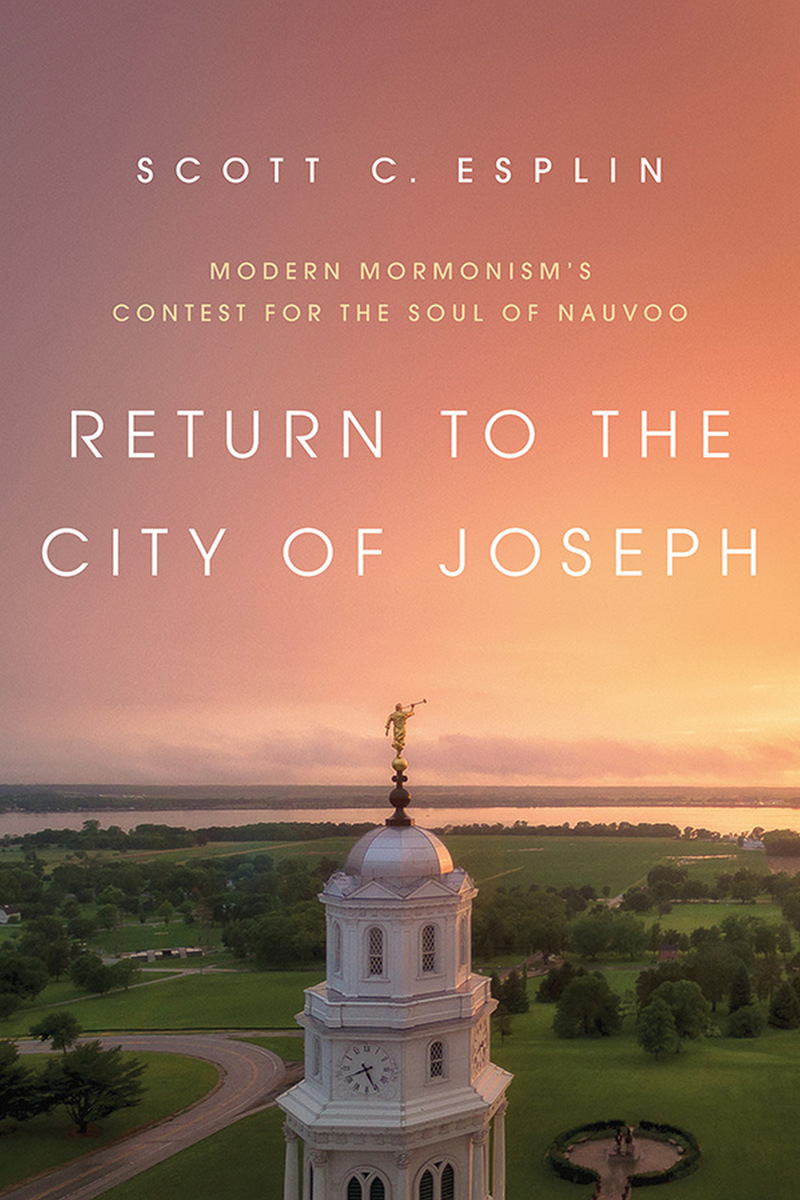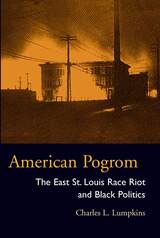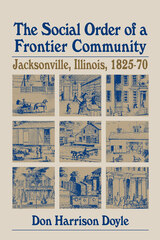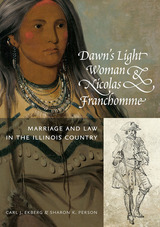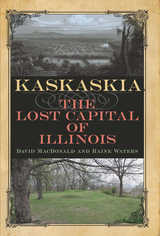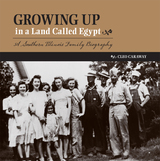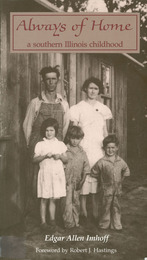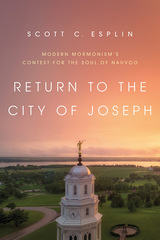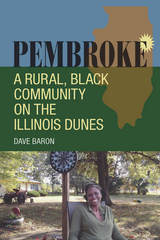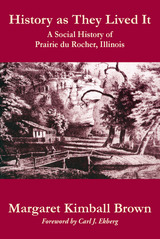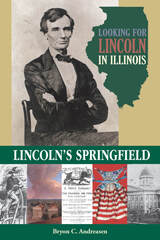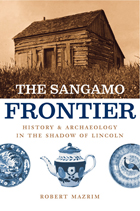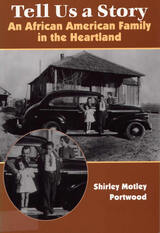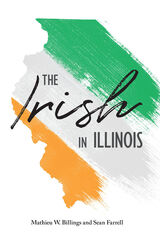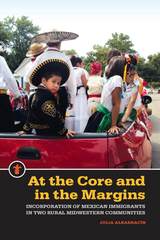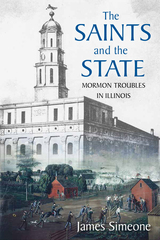Return to the City of Joseph: Modern Mormonism's Contest for the Soul of Nauvoo
University of Illinois Press, 2018
eISBN: 978-0-252-05085-5 | Paper: 978-0-252-08381-5 | Cloth: 978-0-252-04210-2
Library of Congress Classification F549.N37E87 2019
Dewey Decimal Classification 977.343
eISBN: 978-0-252-05085-5 | Paper: 978-0-252-08381-5 | Cloth: 978-0-252-04210-2
Library of Congress Classification F549.N37E87 2019
Dewey Decimal Classification 977.343
ABOUT THIS BOOK | AUTHOR BIOGRAPHY | REVIEWS | TOC
ABOUT THIS BOOK
In the mid-twentieth century, the Church of Jesus Christ of Latter-day Saints (LDS) returned to Nauvoo, Illinois, home to the thriving religious community led by Joseph Smith before his murder in 1844. The quiet farm town became a major Mormon heritage site visited annually by tens of thousands of people. Yet Nauvoo's dramatic restoration proved fraught with conflicts. Scott C. Esplin's social history looks at how Nauvoo's different groups have sparred over heritage and historical memory. The Latter-day Saint project brought it into conflict with the Community of Christ, the Midwestern branch of Mormonism that had kept a foothold in the town and a claim on its Smith-related sites. Non-Mormon locals, meanwhile, sought to maintain the historic place of ancestors who had settled in Nauvoo after the Latter-day Saints' departure. Examining the recent and present-day struggles to define the town, Esplin probes the values of the local groups while placing Nauvoo at the center of Mormonism's attempt to carve a role for itself within the greater narrative of American history.
See other books on: Latter Day Saints | Mormons | Nauvoo | Nauvoo (Ill.) | Return
See other titles from University of Illinois Press
